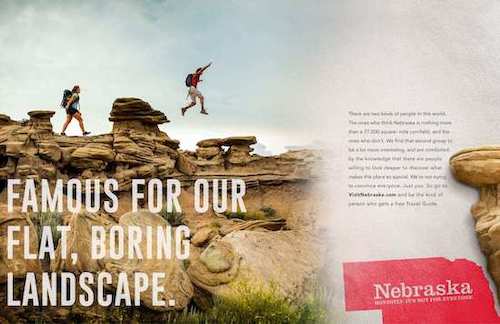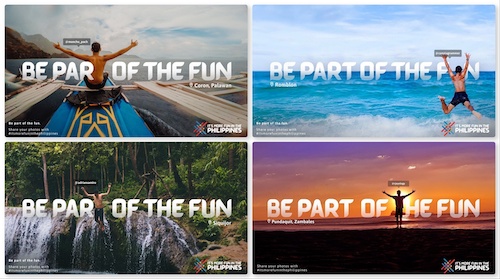The Five Keys To Writing A Perfect Tourism Headline
The decision to travel comes from a person’s heart and soul. And from their dwindling PTO. It’s not a decision taken lightly. With these tips, you can make your travel headlines work harder, and tilt the choice in favor of your tourism destination.
Use details for clicks, romance for engagement
Specifics can get their attention. Romance can get them involved. You can use both in one headline with something like, “See a hidden Ohio valley where the fall foliage rivals Vermont.” Or, “6 moments in Irish poetry, and the places that inspired them.” By the time the viewer hits the landing page, you’ve already grabbed them on both levels. The example shown for Australia makes good use of details. The headline for Cape Town needs improvement.


“Unique” is better than “best”
Best is a tough sell. And everyone is saying it. Instead, communicate your uniqueness. If you’re promoting Cape May Point, describe a beach hunt for Cape May diamonds. If your travel destination has a singular twist on barbecue, describe it. Nebraska uses a version of this by also highlighting the unexpected.

Help the viewer step into the image
The photo is the hero here, but the words can give it context, and help it come to life. Show a mountain lake with smooth water reaching out to the horizon, and a cool, green lawn in the foreground, sweeping up past trees toward the viewer. Now add this headline: “Plenty of lake for your boat. Plenty of hammock for your nap.” They can see the lake in the photo, and you just helped them imagine being there. The campaign shown here for the Philippines takes the idea even further. It draws you in by literally making a person a part of the headline.

Don’t lose your way in the quest for clicks
If your headline is “9 things you’re doing that will get you stared at in Latvia (you won’t believe number 7),” you can bet I’ll be clicking to get to number 7. But what I probably won’t be doing is planning a trip to Latvia soon.
Remember the basics
They apply pretty universally, and they’re a good start for a strong tourism headline – Keep things concise, 10 to 12 words at the most. Use action words, specifics and avoid passive sentence structure.
Keep these ideas in mind as you communicate the story of your tourism destination, and you’ll be on your way to attracting more attention and more visitors. And if your tourism creative is stuck in a rut, give MGH’s creative team a call.






